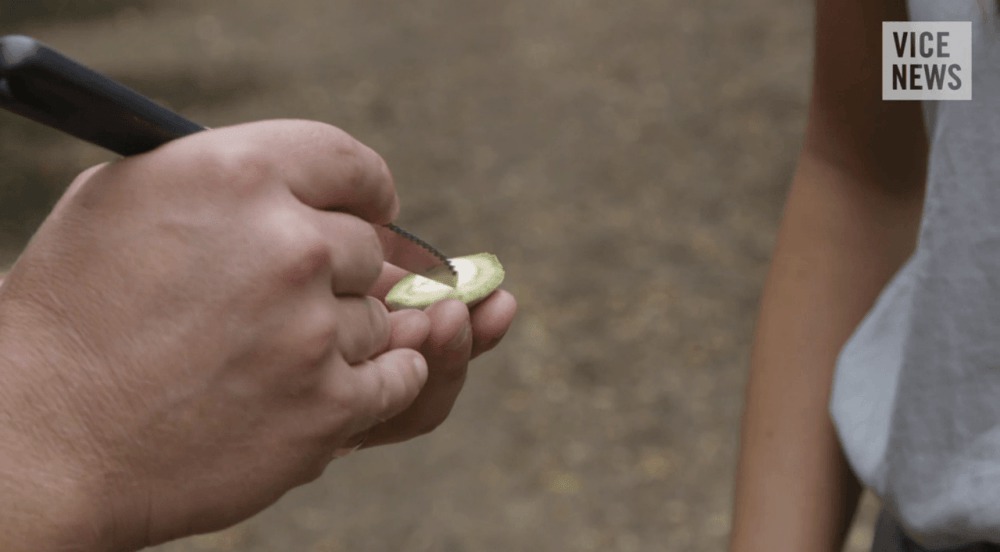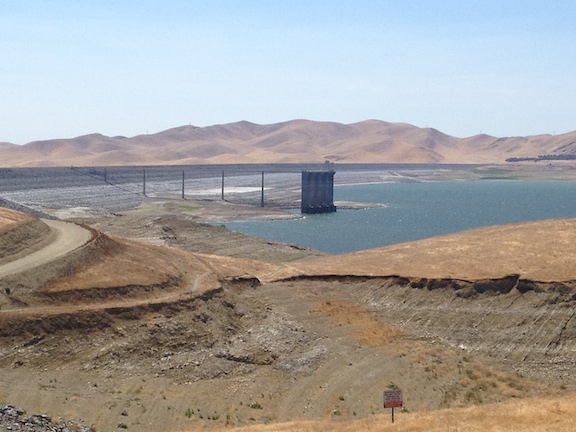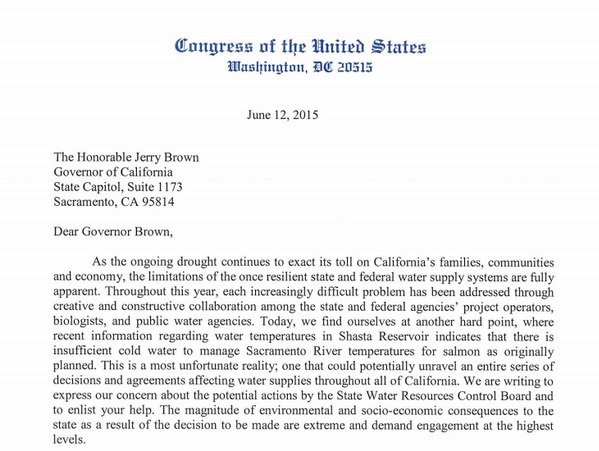LA Times columnist Michael Hiltzik recently published a column that contained an outrageous statement related to California’s water supply that is completely out-of-touch with the reality that California farmers live every day. He stated, “Central Valley growers often talk as though only their water needs should count in California. . .” He’s either been living […]
CFWC Statement on Voluntary Agreements Presented to the State Water Board on its Bay-Delta Water Quality Control Plan
CFWC Statement on Voluntary Agreements Presented to the State Water Board on its Bay-Delta Water Quality Control Plan “Water users and the State of California have brought to the table almost 1 million acre-feet of water and almost $2 billion in funding to implement an unprecedented set of ecosystem restoration goals. It is a comprehensive, […]
6 Things You Should Know About the Recent Presidential Order Streamlining Water Delivery
6 Things You Should Know About the Recent Presidential Order Streamlining Water Delivery On Friday, October 19, President Trump signed an order streamlining the federal process that governs much of California’s water-delivery system. While this is definitely great news for California farmers, it’s also good news for all California water users. Let’s look at a […]
UC Berkeley study: Enough water for 10 million people lost every year
UC Berkeley Study Confirms: Enough water for 10 million people lost every year A new study by Dr. David L. Sunding of U.C. Berkeley confirms the devastation done to all Californians by a broken water-management system ruled by more than 15 federal, state and local agencies. 1.3 million acre-feet lost every year For more than […]
Congressional Members Demand Water Supply Answers from Obama Officials
A bipartisan group of 15 Congressional Members sent a letter on June 9 to Obama Administration officials demanding answers to proposed changes in Central Valley Project water operations this year. The proposed changes, supposedly aimed at helping salmon and Delta smelt, contradict one another, put water supplies at risk for farmers who have already planted crops […]
L.A. Times Letter: George Skelton uses half-truths and shaky logic to demonize farms
George Skelton uses half-truths and shaky logic to demonize farms The Coalition’s Executive Director, Mike Wade, recently responded to persistent inaccuracies by the L.A. Times columnist George Skelton in his recent article: “So the drought has you watering less? It won’t matter much” in a Letter to the Editor. The text of the letter is […]
Vice News: Telling Half Farming’s Story is Easier than Getting it Right.
Lack of balance In a twelve-minute video about farming, VICE News devoted just one minute to talking to a farmer. Yesterday’s VICE News “Race to the Bottom” video aims to be an in-depth piece about agricultural water use during the drought, but instead spends eleven of its twelve minutes providing misinformation about how California farmers […]
State Water Resources Control Board could cost California’s agricultural economy $4.5 billion
Farmers throughout the Central Valley have been working hard and assuming huge personal risks in support of the Sacramento River Temperature Management Plan to protect salmon and still provide water to their farms. “Hundreds of millions of dollars worth of water is being loaned to the United States Bureau of Reclamation, National Marine Fisheries Service, […]
Bipartisan members of Congress seek balanced Shasta temperature plan
California groundwater pumping impacts preventable
CBS News recently focused on the impacts of groundwater pumping in California, but the causes were avoidable. Improving the reliability of surface water to avoid extracting groundwater from aquifers was a primary goal of California’s water projects. The reality is, California groundwater overdraft impacts were preventable. We applaud 60 Minutes for discussing the important issue […]




